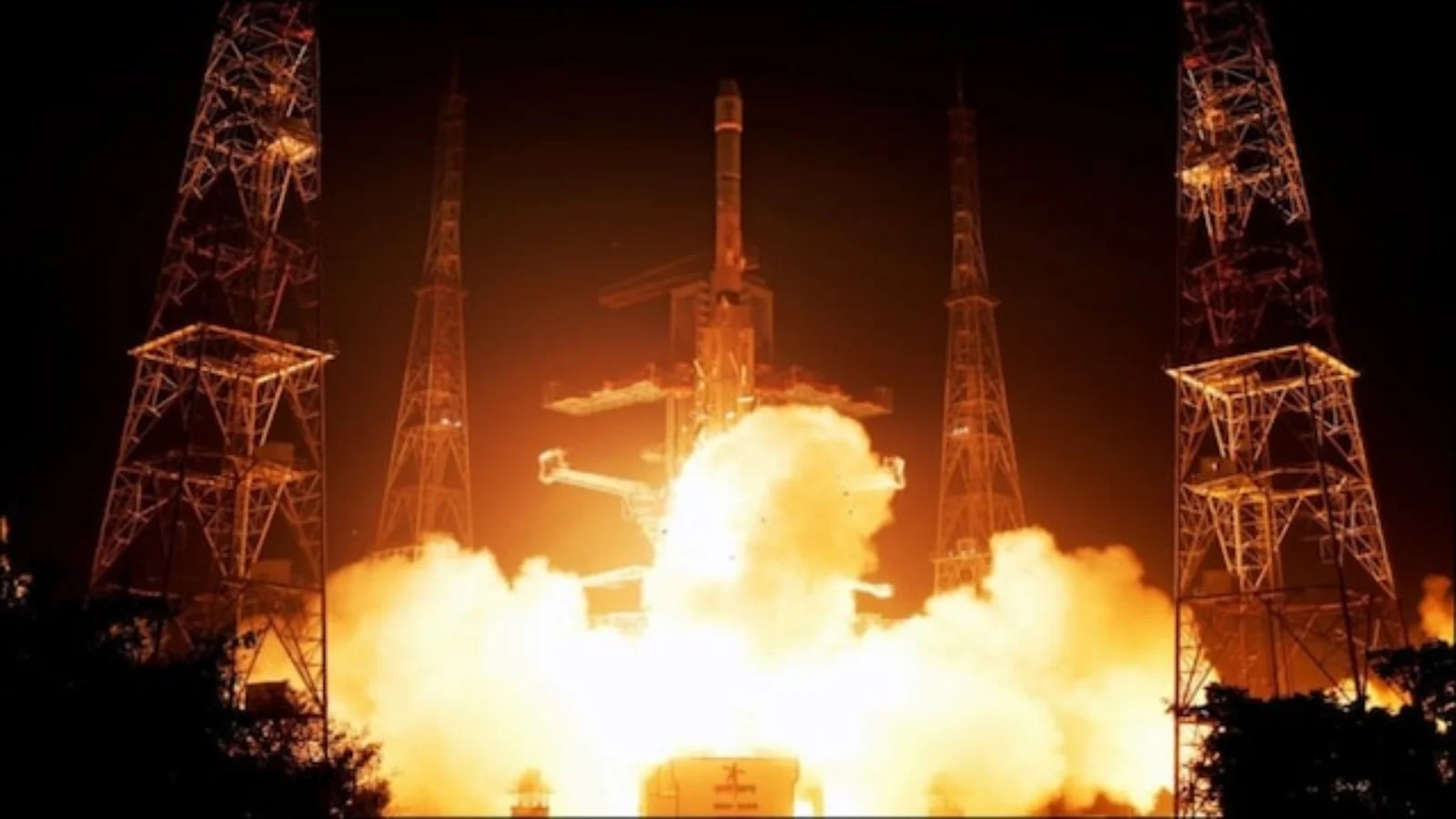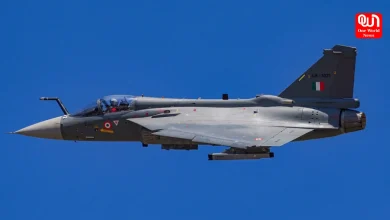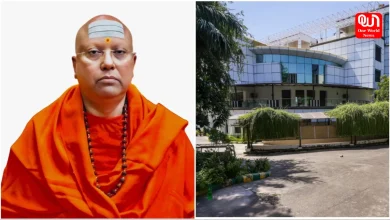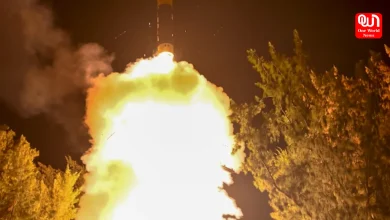India’s Space Odyssey: ISRO’s Grand Vision for the Future
India's ambitious space plans include NISAR with NASA, Gaganyaan, Chandrayaan missions, a Venus orbiter, a space station, and astronauts on the Moon.
India’s Space Odyssey: ISRO’s Grand Vision for Lunar Missions, Venus Exploration, a Space Station, and Astronauts on the Moon
India’s space aspirations are set to take flight to new heights with a daring plan that includes collaborations with NASA, moon missions, a Venus mission, and even the creation of its own space station. Over the next two decades, India Space Research Organisation (ISRO) will undertake a series of path-breaking missions that will propel the country to the very pinnacle of global space exploration. From unmanned spaceflights to moonwalks by cosmonauts, the Indian experience will be one of textbooks. Let’s discuss these milestone events in a bit more detail.
The NISAR Project with NASA: A Game-Changer in Earth Observation
Among the first of the large missions in the pipeline is NISAR, a collaborative project with NASA, that will send a synthetic aperture radar to scan the surface of the planet. The high-tech satellite will be capable of detecting motions as minute as 10 meters broad, an unheard-of level of detail. Working day and night, even under thick cloud cover, NISAR will help scientists track natural disasters, monitor climate change, and observe geological changes with unprecedented precision. The mission is a huge leap forward in Earth observation technology and a marker of India’s growing participation in global space research.
Gaganyaan: India’s Human Spaceflight Program
Following the success of previous space missions, India is now preparing to send humans to space. The Gaganyaan mission will start with six test flights that are unmanned, with the first flight arriving early this year. The initial flights are critical in their role to test spacecraft components, safety protocols, and crew capsules before astronauts are flown out. ISRO will send two crewed missions of Gaganyaan to low Earth orbit in 2028, and it will be India’s first venture into human spaceflight.
Constructing India’s Own Space Station: Bharatiya Antariksh Station
Gaganyaan is not just about manned spaceflight—it is the beginning of something much more significant. India has set an objective of building its own space station, the Bharatiya Antariksh Station, by 2035. The first module is slated to be completed by 2028, allowing astronauts to embark on long-duration space missions. Once operational, this space station will serve as a research center, hub of technological innovations, and more exploration of deeper space. This initiative places India in an exclusive league of countries with independent space habitats, complementing its position in the cosmic frontier.
The Next Big Leap: Chandrayaan-4 and Chandrayaan-5
India’s ambitions don’t stop at the low Earth orbit with the Moon as a prime target. Following the historic Chandrayaan-3 mission placing close to the Moon’s south pole in 2023, ISRO has two more lunar missions on hand. Chandrayaan-4 in 2028 will offer a new lunar sample return technology. Ascent from the surface of the Moon, docking and undocking to and from lunar orbit, and sample return to Earth for critical analysis are the components of the mission. Such a mission would provide more than price insights into the Moon’s history and makeup.
Read more: Tragic Accident Claims Lives of Devotees En Route to Prayagraj
Chandrayaan-5 will continue to push lunar exploration with the deployment of a 350-kg rover in collaboration with the Japan Aerospace Exploration Agency (JAXA). The advanced rover, meant for the exploration of the south pole of the Moon, shall be empowered with state-of-the-art scientific instruments to explore lunar regolith and surface conditions. The findings shall be a part of the groundwork for sending humans to the Moon.
India’s Venus Orbiter Mission: A Leap of Enormous Proportions
While lunar mission is still being planned, India is also interested in exploring Venus. ISRO is planning a Venus orbiter mission in 2028 similar to the 2014 Mangalyaan Mars mission. The mission will facilitate scientists to study Venus’s atmosphere, ionosphere, and geologic history. Since Venus is sometimes called Earth’s twin because of its comparable size and composition, learning about its climate and evolution may provide useful information about our own planet’s history and future.
A Giant Leap for India: Astronauts on the Moon by 2040
The culmination of such spacefaring activities will be India’s first crewed lunar landing by 2040. By sequentially developing human spaceflight capabilities through Gaganyaan, lunar missions, and space station operations, India is preparing for one of the most historic events in the history of space exploration in India—the first Indians on the Moon. This ambitious objective is in consonance with activities across the globe to establish a permanent human presence in space.
2028: The Year of Indian Space Exploration
The year 2028 will prove to be an important milestone year in Indian space history. A series of break-through missions including the Gaganyaan crew spaceflight mission, launch of Venus orbiter, lunar sample return by Chandrayaan-4, and construction of Bharatiya Antariksh Station are expected to be carried out in this landmark year. The missions will not only demonstrate the technological prowess of India but also pave the way for even tougher space missions over the next decade or two.
Read more: India’s Democracy Stands Strong: Jaishankar’s Firm Response at Munich Security Conference
The Road Ahead
India’s space odyssey is a testament to its determination and scientific progress. With collaborative partnerships, daring missions, and a determination to push the boundaries of space exploration, ISRO is already poised to make India a global power in the world of space exploration. As the nation proceeds towards its ultimate goal of placing astronauts on the Moon, every successful mission brings us nearer to a time when India is at the forefront of space research and innovation.
We’re now on WhatsApp. Click to join.
Like this post?
Register at One World News to never miss out on videos, celeb interviews, and best reads.








